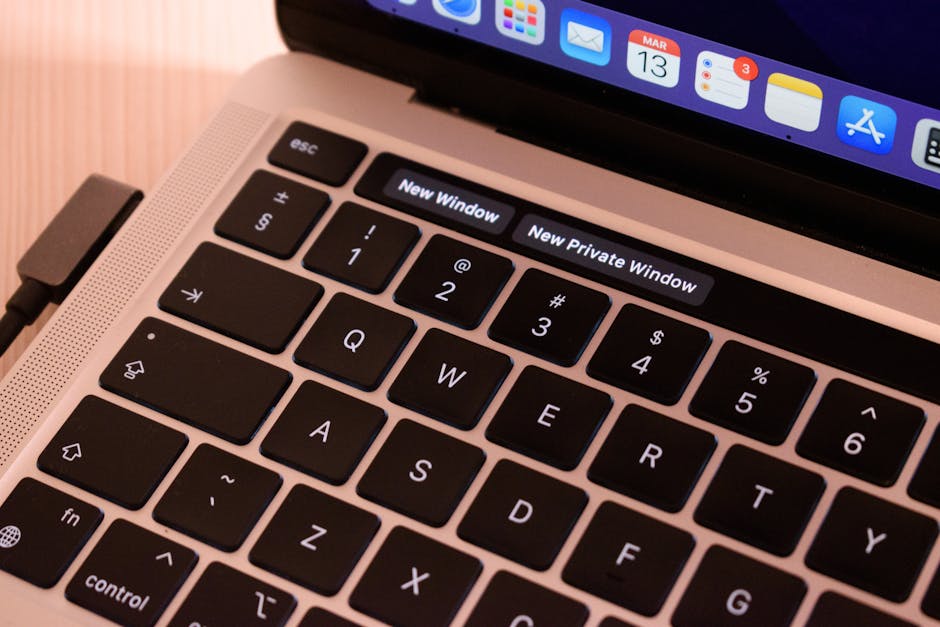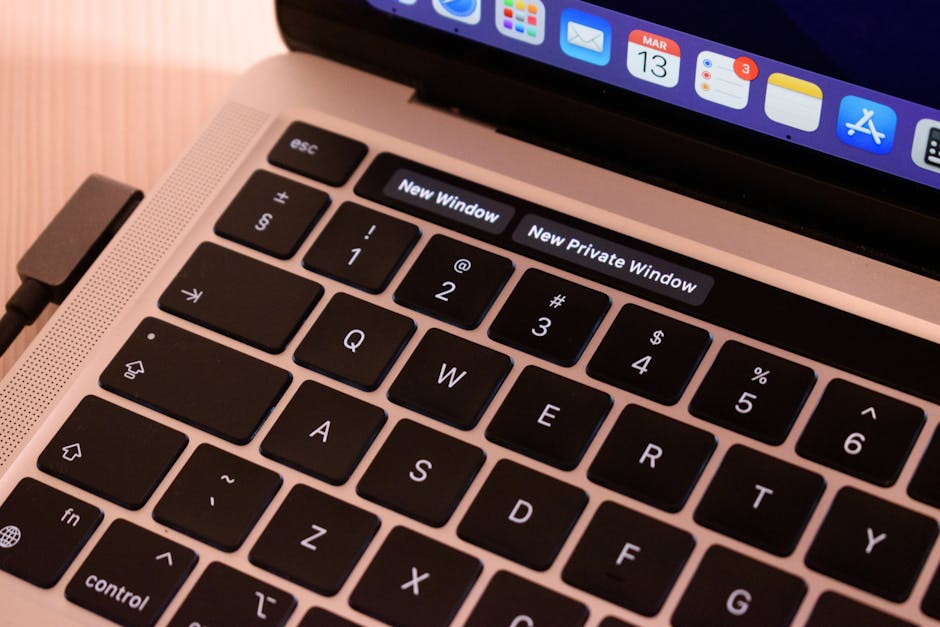Mastering Google Calendar: A Comprehensive Guide to Efficient Meeting Scheduling
“Discover the power of Google Calendar for streamlining your meeting scheduling process. This guide covers everything from setting up recurring meetings to creating biweekly schedules and optimizing employee work calendars, helping you boost productivity and efficiency in your workplace. ”

Mastering Google Calendar: A Comprehensive Guide to Efficient Meeting Scheduling
In today's fast-paced work environment, effective time management is crucial for productivity. Google Calendar stands out as a powerful tool for organizing meetings and schedules. This comprehensive guide will walk you through various features of Google Calendar, helping you streamline your scheduling process and boost workplace efficiency.

Setting Up Recurring Meetings in Google Calendar
Recurring meetings are essential for maintaining regular communication and project momentum. Here's how to set them up:
- Open Google Calendar and click on the "Create" button.
- Enter the meeting details, including title, time, and participants.
- Click on the "Does not repeat" dropdown and choose your preferred recurrence pattern.
- For custom recurrence, select "Custom" and set specific parameters.
Remember, recurring meetings can significantly improve team alignment and decision-making processes.
Biweekly Meeting Schedules
To create a biweekly schedule:
- Follow the steps for creating a recurring meeting.
- In the custom recurrence settings, choose "Every 2 weeks."
- Select the day of the week for your meeting.
This approach ensures consistent team check-ins without overwhelming participants with too frequent meetings.
Optimizing Employee Work Schedules
Google Calendar can be a powerful tool for managing employee work schedules:
- Create a separate calendar for each employee or team.
- Use color coding to differentiate between various types of shifts or tasks.
- Share calendars with relevant team members for transparency.

Advanced Google Calendar Features
Repeating Events on the Last Day of the Month
For events that need to occur on the last day of each month:
- Create a new event.
- Set it to repeat monthly.
- In custom settings, choose "On the last day of the month."
This feature is particularly useful for end-of-month reports or team reviews.
Google Desktop Calendar
The Google Calendar desktop app offers additional convenience:
- Download the app from the Google Workspace Marketplace.
- Enjoy quick access to your schedule without opening a browser.
- Receive desktop notifications for upcoming events.

Best Practices for Efficient Meeting Scheduling
-
Use scheduling assistants: Tools like Find Time can help identify the best meeting times for all participants.
-
Set clear agendas: Always include a brief agenda in the meeting description to keep discussions focused.
-
Respect time zones: When scheduling meetings with remote teams, be mindful of different time zones.
-
Allow buffer time: Schedule meetings with small gaps in between to allow for overruns and preparation time.
-
Regular calendar clean-up: Periodically review and delete outdated recurring meetings to keep your calendar clutter-free.
Integrating Google Calendar with Other Tools
To further enhance productivity, consider integrating Google Calendar with other workplace tools:
- Project management software: Sync deadlines and milestones with your calendar.
- Video conferencing tools: Automatically add meeting links to calendar invites.
- Team collaboration platforms: Share calendars within your collaboration tool for seamless scheduling.

Conclusion
Mastering Google Calendar's features can significantly improve your meeting scheduling efficiency and overall workplace productivity. By implementing these strategies and best practices, you'll be well on your way to creating a more organized and effective work environment.
Remember, the key to successful calendar management is consistency and regular review. As your scheduling needs evolve, don't hesitate to explore new features and integrations to keep your workflow optimized.